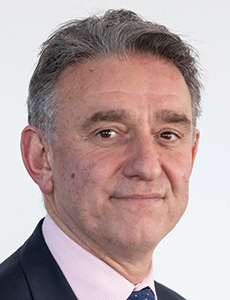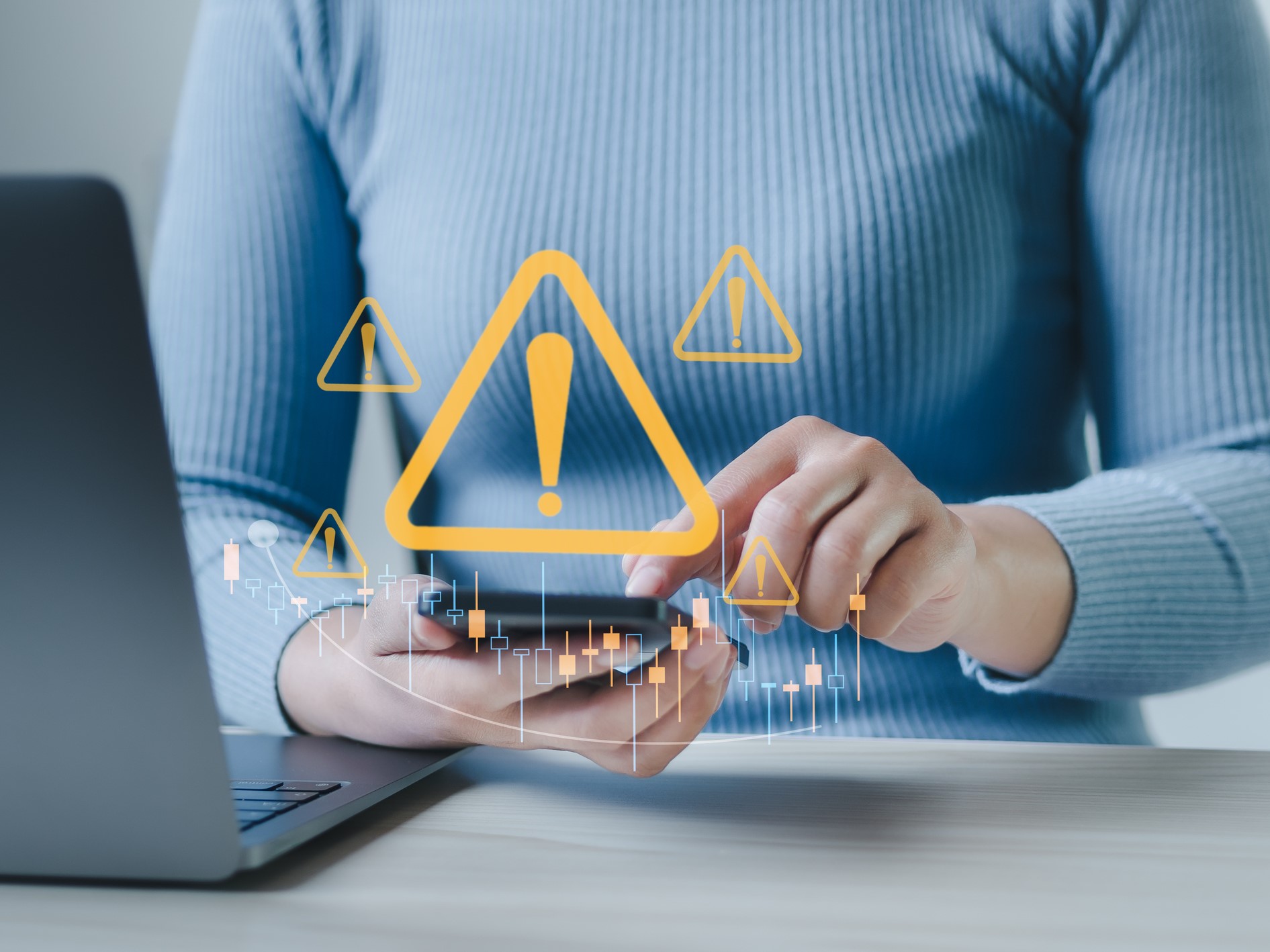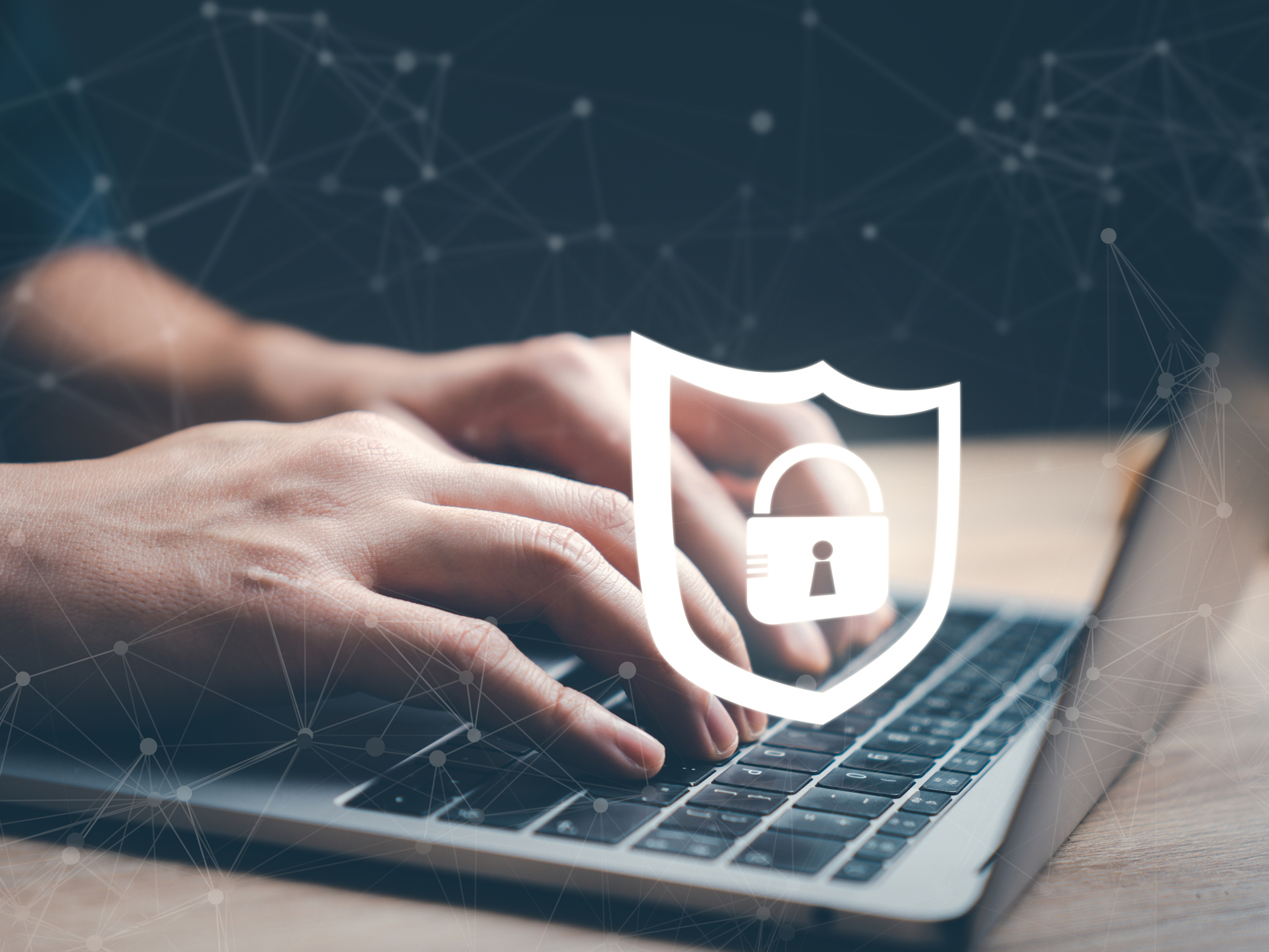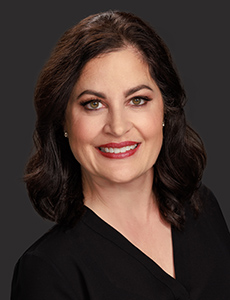IoT Sensors and Advanced Forecasting: The Future of Protecting Your Business from Extreme Weather
In 2024, the NOAA confirmed 27 climate disaster events in the U.S. with losses exceeding $1 billion each, including drought, flooding, severe storms, tropical cyclones, wildfires and winter storms. The events resulted in more than 500 deaths, according to its “U.S. Billion-Dollar Weather and Climate Disasters” report.
Globally, natural catastrophes caused an estimated $417 billion in economic losses, according to Gallagher Re’s 2024 Natural Catastrophe and Climate Report, with $154 billion covered by insurance. Insured losses from weather events continue to trend upward, with 2024 losses sitting 15% above the 10-year average.
These losses don’t include smaller events that perhaps don’t qualify as a natural catastrophe but nonetheless can bring businesses to a halt.
With the impact of climate change and increasing costs associated with response and repair, the frequency and severity of weather-related losses will only continue to grow, threatening the ability of insurers to continue taking on these risks. That threat has driven increased focus on not just covering these losses, but leveraging technology to predict and prevent them.
New tools are emerging to help businesses and communities identify and respond to threats faster, minimizing damage. Data gathered through this process also lends itself to more detailed and accurate risk modeling.
The insurance industry is helping to drive the development and adoption of these tools.
“Insurers play a pivotal role, because they know risk better than anyone. By partnering with tech innovators, carriers can match real-world risk data with cuttingedge solutions. That helps drive the development of tools that actually work in the field, not just on paper,” said John Riggs, chief technology officer for HSB, part of Munich Re, and senior vice president of HSB Applied Technology Solutions.
Here are just some examples of those solutions.
IoT Environmental Sensors
Sensors that detect environmental factors like moisture and heat are not necessarily new, but they are evolving to include a wider range of factors within more narrow parameters. In other words, they can be used to target specific conditions that are more relevant to a site’s exposures, giving users more useful information.
“The Internet of Things is stepping up as a game-changer. Connected sensors, real-time data streams and advanced analytics can deliver faster alerts and more precise modeling — critical for mitigating disasters like wildfires, floods, and hail. While we might not be able to stop these events entirely, we can arm ourselves with better, earlier intel. The result? Quicker interventions, stronger resilience, and ultimately fewer losses for both insurers and policyholders,” Riggs said.
“IoT sensors have evolved beyond temperature and humidity tracking to detect a range of environmental factors that enable faster response and more targeted loss mitigation efforts. Smoke particulates and gas levels (CO2, CO, tVOCs) are now utilized for early fire and nearby wildfire detection. Pipe flow rate and water contact sensors allow responders to pinpoint the location and intensity of ongoing water leaks. Additionally, sensors monitoring ambient light levels, noise dB levels, and motion tracking can provide insights into nearby activity, especially in areas where high data bandwidth solutions like cameras are not deployable,” said Matt Joyal, director of IoT loss control of Insight Risk Technologies.
“IoT technology plays an important role in minimizing damage when it comes to all types of perils,” said Bret Bush, cofounder and EVP of Insight Risk Technologies.
“For example, hail may be more of a notification of an event versus prevention of loss. When it comes to wildfire, there are IoT technologies that can detect an event and trigger suppression/protection systems to mitigate or even prevent damage or loss. And in the case of flooding, water detection sensors could help alert to where the water hits first, which could allow property owners to know where to prioritize efforts, especially in larger or multi-building properties. Devices could also be placed by high-value or critical areas (such as a server room or near a multi-million-dollar piece of equipment) so if a breach occurs, personnel could respond immediately to staunch the flow of water or take other action.”
Advanced Forecasting and Risk Modeling
The proliferation of data has given rise to more precise weather forecasting and risk modeling.
“IoT solutions excel at providing real-time, hyper-localized data, which can be more accurate than generalized weather forecasts. When combined with advanced weather forecasting and risk modeling tools tailored to specific use cases, IoT sensors offer precise insights into potential events. These risk models help in understanding what a prevention and response plan needs to factor in, while IoT sensors provide real-time updates on the severity of the event as it unfolds. This allows property owners to enact their response plans more quickly and accurately, minimizing damage and enhancing protection,” Joyal said.
This is especially true for the risk of inland flooding, which is affected by measurable factors like drainage systems and proximity to water sources.
“Flooding and its impacts are exacerbated by various factors. Key contributors include the rise in urbanization, where an increase in impermeable surfaces prevents proper drainage. Additionally, climate change is a key factor as it results in more frequent extreme weather events. Also, more localized issues like inadequate drainage systems and poorly maintained, uneven roads can make the problem worse,” said Jonathan Jackson, CEO of Previsico. Previsico’s Flood Intel Platform integrates data on hydrological systems and drainage, including local rivers, screened culverts, surface water systems like gullies and attenuation tanks, and sewers to assess the risk of inland flooding at a given location.
It also utilizes sensors to detect changing conditions and alert property owners of a potential flooding event.
“Our platform provides a unique surface water flood forecasting service tailored to address flood risks at individual property level,” Jackson said.
“Our system delivers forecasts up to 48 hours ahead, powered by real-time hydrodynamic modeling. We offer more detailed warnings than the standard river and coastal alerts issued by government agencies, particularly for surface water flooding,” Jackson said.
New radar technology can also help to determine what type of precipitation is likely to fall during a severe storm, which can help mobilize efforts to prevent hail damage. NOAA’s National Severe Storm Laboratory (NSSL) is continually fine-tuning its dual polarization radar technology, which lets forecasters know how much rain, snow or hail they might see.
According to the NSSL’s website, its scientists are “developing algorithms that will produce estimates of whether the precipitation is falling in liquid or frozen form, or if the precipitation is reaching the ground.” Advance detection of hail storms gives property owners the opportunity to store or cover fragile or expensive equipment.
Applying Data Insights to Tailor Risk Mitigation Strategies
While the primary function of IoT sensors may be early detection of a loss event, the data gathered by those sensors can inform changes to risk mitigation strategies over the long term.
“For example, if we continually see alerts at a specific time of day or specific sensor, we connect with the client to see why the potential loss event keeps occurring. This could be from undertrained staff, a defect in materials, or tolerances on the sensor set with too tight of parameters. Based on the situation, the onsite team can use the information to make important adjustments that ultimately lead to a safer, more protected property,” Bush said.
“By analyzing data, from multiple perspectives and inputs, these analytics can identify trends and patterns that indicate potential risks perhaps not immediately obvious. For example, models for high wildfire risk are being bolstered by IoT sensors deployed in the wilderness and near urbanized areas,” Joyal said.
One investment company, Convective Capital, focuses specifically on technology to address wildfire risk.
One of the startups it supports, called Pano, builds and installs cameras in high visibility areas.
Bill Clerico, founder and managing partner of Convective Capital, described Pano (among other startups) in an interview with The Institutes last year: “Pano has a network of sort of cell phone and mountaintop-mounted cameras, and they use AI to process those images. So once a minute, the camera does a 360-degree rotation, they process that image using AI and they look for fire starts … They can also see how a fire’s growing and developing and tailor your response to be able to address the threat. That type of visibility is a really important tool,” he said.
Barriers to Adoption
Despite the availability and proven benefits of loss prevention technologies, many entities still hesitate to adopt them.
Upfront cost is a major inhibiting factor, but users also need to have a plan for maintaining a new system and ensuring users are properly trained on understanding and responding to any alerts generated by that system.
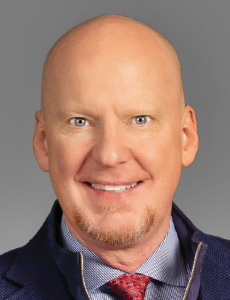
John Riggs, SVP of HSB Applied Technology Solutions and chief technology officer for HSB, part of Munich Re
“In our experience there are three main barriers [to adoption of new technology]: Who is going to pay for the technology solution? Which technology is the best solution to manage the risk? And how do I implement the technology to be certain it does what it is supposed to always do and remains operational?” Bush said.
“These tools are incredibly useful, but their value comes from knowing how to use them effectively. Lack of accountability is another barrier, as it can be challenging to determine who is responsible for maintaining and operating the system, responding to alerts, and even covering the costs, especially with many stakeholders involved. Lastly, lack of a plan can undermine the effectiveness of IoT solutions, as early as the initial deployment phase. While these sensors and tools are great, an effective plan focused on preventing events and responding when something inevitably happens is crucial for maximizing their benefits,” Joyal added.
Cybersecurity is another concern. Sensors open another door for potentially bad actors to inflict harm on an organization, or at the very least have the potential to fail.
“Connecting more devices to the internet can open up new risks. That’s why solutions that use secure, dedicated networks—like LoRaWAN or private cellular—are so critical. These networks offer robust protection and keep sensor data safer from outside threats. If insureds trust that the devices are user-friendly and secure, rate of adoption increases,” Riggs said.
The Role of the Insurance Industry
Insurers have an opportunity to act as the bridge between emerging technologies and the businesses that need them most. They can help to address the barriers and drive adoption of loss prevention technologies. Many carriers do this by offering premium discounts or coverage enhancements to insureds that implement risk mitigation technologies. Others can require certain technologies as a prerequisite for coverage.
“For instance, requiring water sensors or electrical monitoring as a standard requirement for coverage— much like mandatory smoke detectors—sends a clear message: We’re committed to prevention, not just payouts. Ultimately, when insurers treat technology as an integral part of coverage rather than an optional addon, adoption rates rise,” Riggs said.
Selection of technology partners and investment in internal innovation teams will also be crucial to the ongoing development of practical solutions.
“We’re committed to technology partnerships that deliver real, measurable impact for insurers and policyholders. Our thorough vetting process evaluates everything from performance reliability to economic feasibility, and segment adaptability. We only move forward when a partner’s product shows proven value, sustainability, and the potential to meaningfully reduce risk,” Riggs said.
Supporting these technologies and integrating them into coverage will be critical in preserving the profitability and long-term viability of carriers as weather-related risks grow and evolve. &

